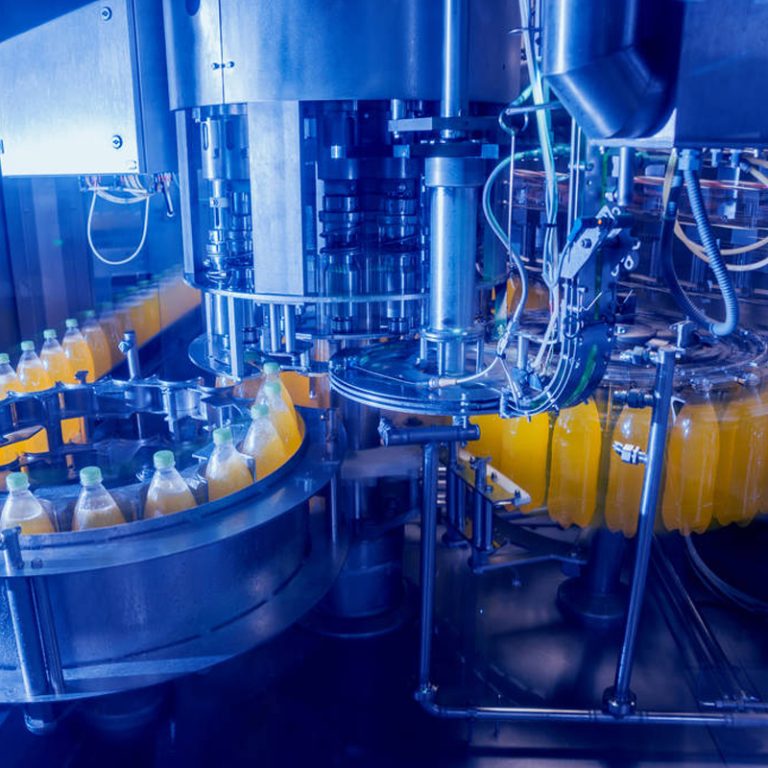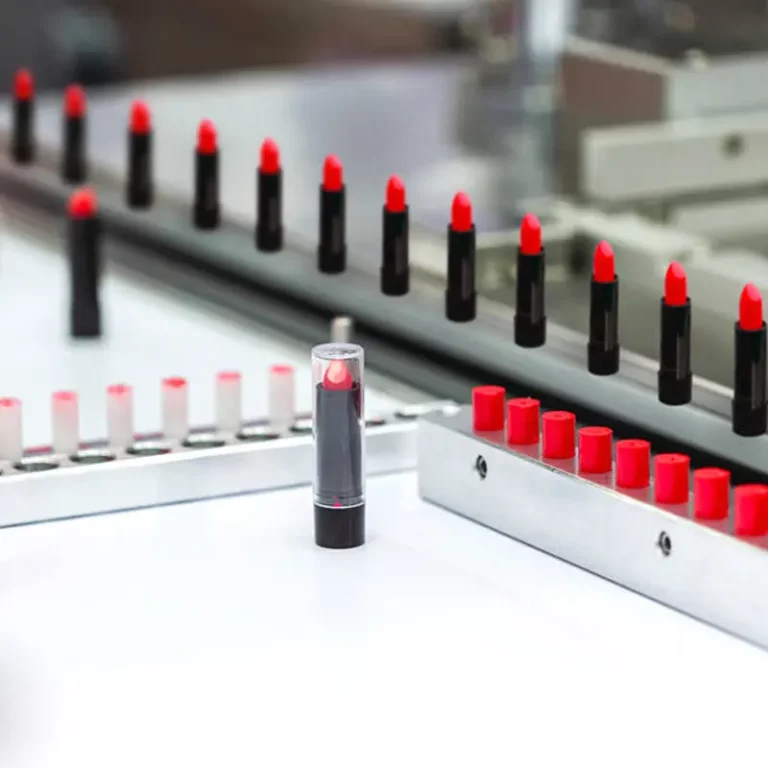An industrial tank agitator is an essential piece of equipment for mixing and blending various materials in industries such as chemical processing, food and beverage, pharmaceuticals, and more. Selecting the right agitator can significantly impact the efficiency and quality of production, making it crucial to understand the options available and the key factors to consider when making a purchase.
Types of Industrial Tank Agitators
- Top-Entry Agitators
Top-entry agitators are mounted at the top of the tank and are ideal for large-scale mixing. They provide strong agitation and are versatile for various viscosities.
- Side-Entry Agitators
Side-entry agitators are mounted on the side of the tank and are typically used in applications where gentle mixing is required, such as large liquid storage tanks.
- Bottom-Entry Agitators
Bottom-entry agitators are placed at the base of the tank, allowing for effective mixing of heavier materials and minimizing dead zones.
Key Considerations When Buying an Industrial Tank Agitator
- Material Compatibility
Understanding the material composition of both the agitator and the tank is vital to prevent corrosion and ensure durability.
- Tank Size and Shape
The size and geometry of the tank directly influence the agitator’s performance. Agitator size and blade design must match the tank’s dimensions for optimal mixing.
- Mixing Requirements
Different applications require varying levels of mixing intensity. High-viscosity materials may need more powerful agitators compared to low-viscosity liquids.
- Power Consumption
Energy efficiency is another crucial factor, especially for continuous operations. Choosing an energy-efficient agitator reduces operational costs.
Choose ZONESUN
The PP Industrial Acid Chemical Mixing Tank With Agitator provided by ZONESUN is a device for industrial chemical mixing. It is designed for handling acidic chemicals and is made of polypropylene (PP) material with good corrosion resistance and durability. The configuration of the agitator ensures that the chemicals can be fully and evenly mixed during the mixing process, thereby improving production efficiency and product quality.
- Stirring speed: 0-85 r/min
- Agitator: Made of carbon steel, efficient mixing to ensure uniform mixing.
- Application areas: Suitable for scenarios where acidic chemicals need to be mixed in industries such as chemical, pharmaceutical, and food processing.
- Customization options: Customization services may be provided in multiple sizes, agitator configurations, or additional functions.

How to Choose the Right Agitator for Your Application
- Viscosity and Density of Materials
Assessing the viscosity and density of the materials being mixed helps in selecting an agitator with the appropriate power and blade design.
- Mixing Speed and Efficiency
Different applications require specific speeds. For instance, slow speeds are ideal for gentle blending, while faster speeds are needed for emulsification.
- Maintenance and Durability
Investing in a robust agitator with minimal maintenance requirements can save both time and costs in the long run.
Common Mistakes to Avoid
- Underestimating Power Needs
Choosing an agitator with insufficient power can lead to inefficient mixing and process delays.
- Ignoring Material Compatibility
Using an agitator that is not compatible with the tank materials or the products being mixed can cause contamination and equipment damage.
- Skipping Maintenance Considerations
Regular maintenance is essential to the life and efficiency of your blender. Ignoring this can result in frequent breakdowns.
Conclusion
Choosing the appropriate industrial tank agitator involves knowing the varieties, your application’s requirements, and steering clear of frequent errors. By considering these key factors, you can ensure optimal performance, efficiency, and durability in your mixing processes.



